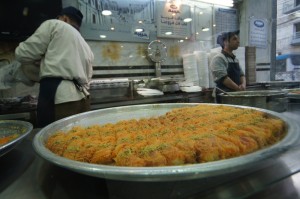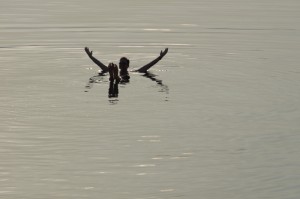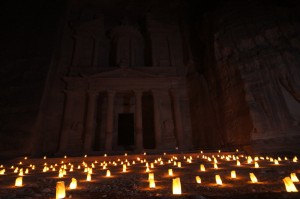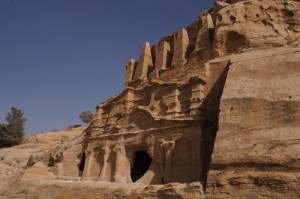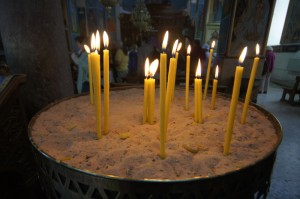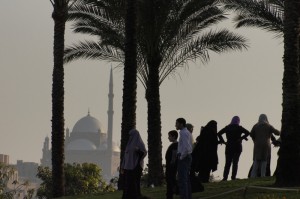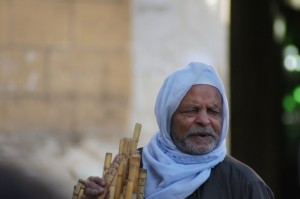Like Old Cairo, the ‘Downtown’ area of Amman, the capital of Jordan, has the most character.
There are markets, street vendors, restaurants and cake shops.
The Jordanians seem to have a sweet tooth and the shops in this area are famous for producing pastries and cakes that are full of nuts and soaked in honey.
The Amman Citadel towers over the old part of Amman and is one of the city’s oldest known places.
This hill has a history dating back 7,000 years, to the time of the rise of civilisation in Mesopotamia and the Nile Valley.
The Citadel, with it’s panoramic views of Amman, is dominated by the Temple of Hercules.
The Desert Castles are out to the east of Amman and some of them are not castles at all.
Al Harrana Castle was built as an inn and Amra Castle was originally a guest house with a Turkish Bath.
The only real castle is Al-Azeaq and it’s claim to fame is that Laurence of Arabia spent some time here while fighting the Ottoman Turks during WW1.
Umm Qays is an ancient Roman city that is perched on a hilltop with splendid views of Jordan, Israel and Lebanon.
Well it would have had splendid views if it wasn’t for another sandstorm.
Ajlun Castle was built by one of Saladin’s generals in 1184 AD. It became an important link in the defensive chain against the Crusaders.
Jarash has been continually inhabited for 6,500 years and boasts one of the best preserver Roman provincial towns in the world.
Again the sandstorms prevailed but they did make for great light, especially late in the afternoon.
